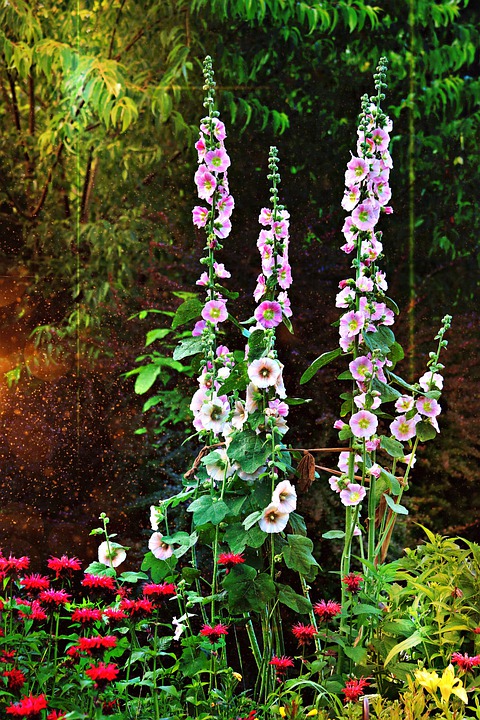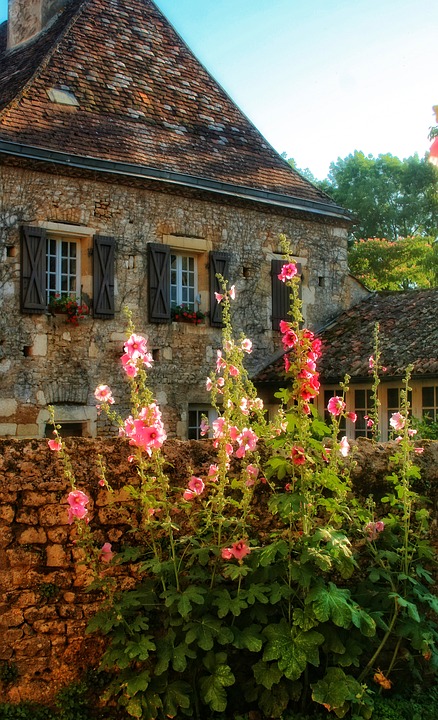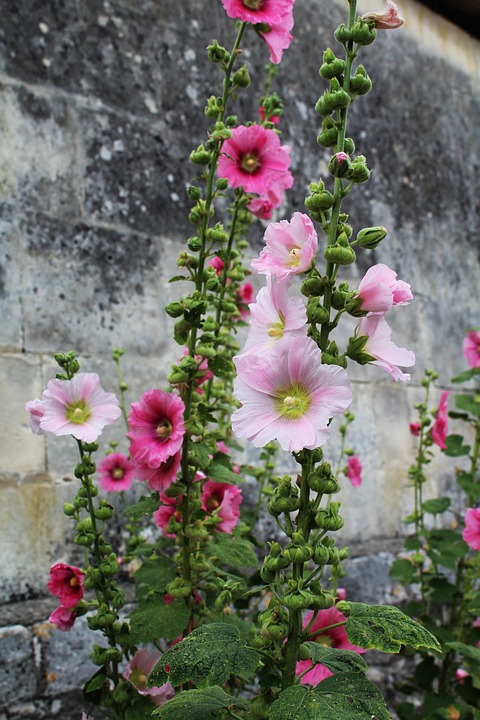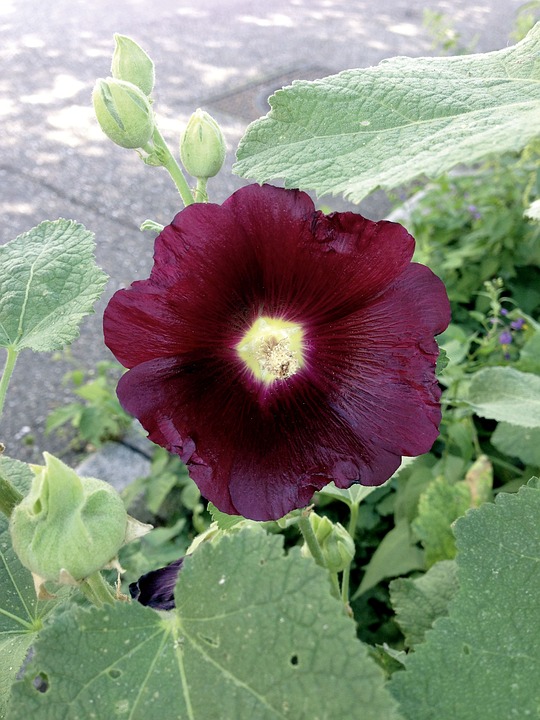Hollyhock, planting guide and care work
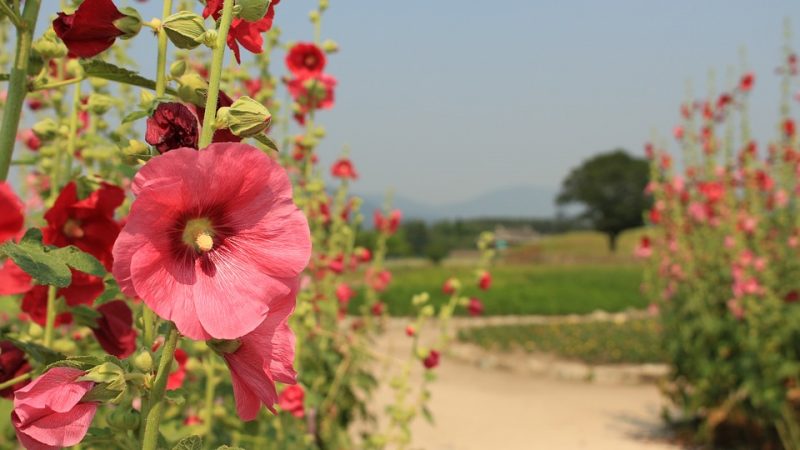
Hollyhock (Alcea rosea) is a species of perennial plant with low longevity, native to China, belonging to the botanical family Malvaceae, genus Alcea. It is cultivated in many regions of the world as an annual or biennial plant, due to the appearance of its brightly colored and large flowers, its vigor and height, which is up to 2 m, exceptionally even 3 m. The simple, cordate leaves are alternately arranged on the tall stem and their dimensions are various: they decrease from the base to the top. Often the stems and leaves are covered with white hairs, sometimes visible to the naked eye. It has large flowers (about 10 cm in diameter), trumpet type, also alternately arranged on the stem, all around. The flowering period is long, the flowers have various tones (white, pink, red, yellow, purple, etc.) and form throughout the summer, often until September. The fruits are dry, small in size and contain many seeds. At full maturity, the fruits fall to the ground, ensuring the natural regeneration of the seeds.
Cultivars
There are many hollyhock cultivars, among which we will mention:
- Alcea rosea ‘Chaters Double Red’ – with double flowers, with red petals;
- Alcea rosea ‘Double Rose’ – with double flowers, with pink petals;
- Alcea rosea ‘Chaters Double Yellow’ – with double flowers, with yellow petals;
- Alcea rosea ‘Chaters Double Apricot’ – with double, peach-colored flowers;
- Alcea rosea ‘Chaters Double White’ – with double flowers, with white petals;
- Alcea rosea ‘Nigra’ – with dark purple and black flowers;
- Alcea rosea ‘Happy Lights’ – with bicolor flowers, in various shades, etc.
Recommended products
-
You can find products on a different store
Change Store -
You can find products on a different store
Change Store -
You can find products on a different store
Change Store -
You can find products on a different store
Change Store -
You can find products on a different store
Change Store -
You can find products on a different store
Change Store -
You can find products on a different store
Change Store -
You can find products on a different store
Change Store -
You can find products on a different store
Change Store -
You can find products on a different store
Change Store -
You can find products on a different store
Change Store -
You can find products on a different store
Change Store -
You can find products on a different store
Change Store -
You can find products on a different store
Change Store -
You can find products on a different store
Change Store -
You can find products on a different store
Change Store -
You can find products on a different store
Change Store -
You can find products on a different store
Change Store -
You can find products on a different store
Change Store -
You can find products on a different store
Change Store -
You can find products on a different store
Change Store -
You can find products on a different store
Change Store -
You can find products on a different store
Change Store -
You can find products on a different store
Change Store
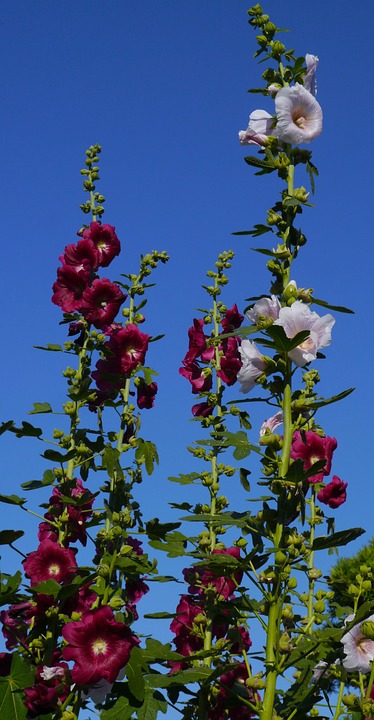
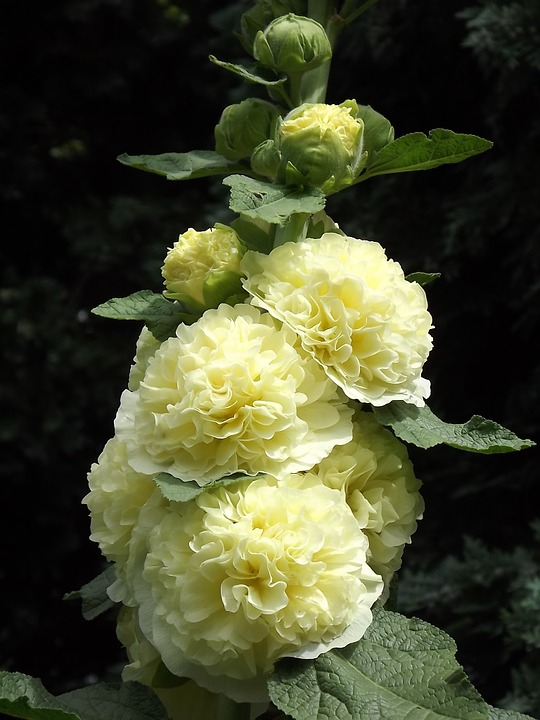
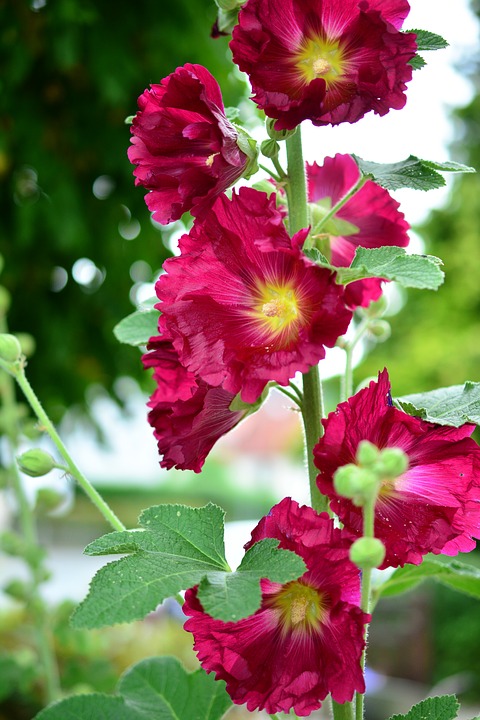
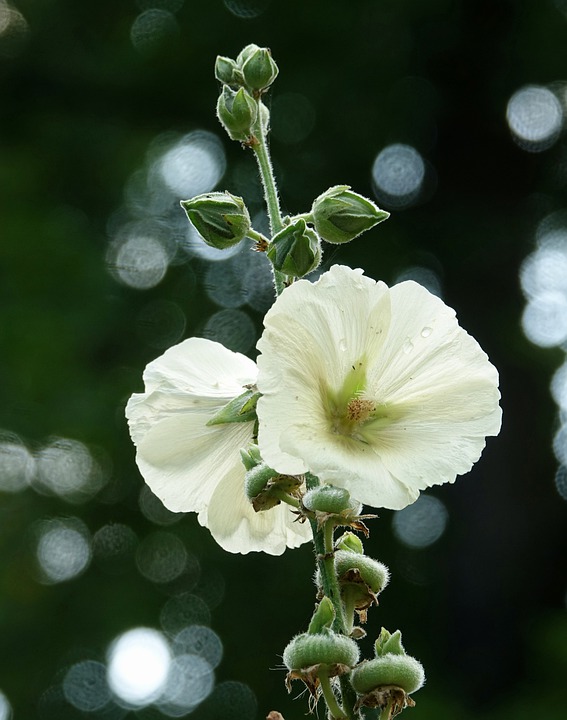
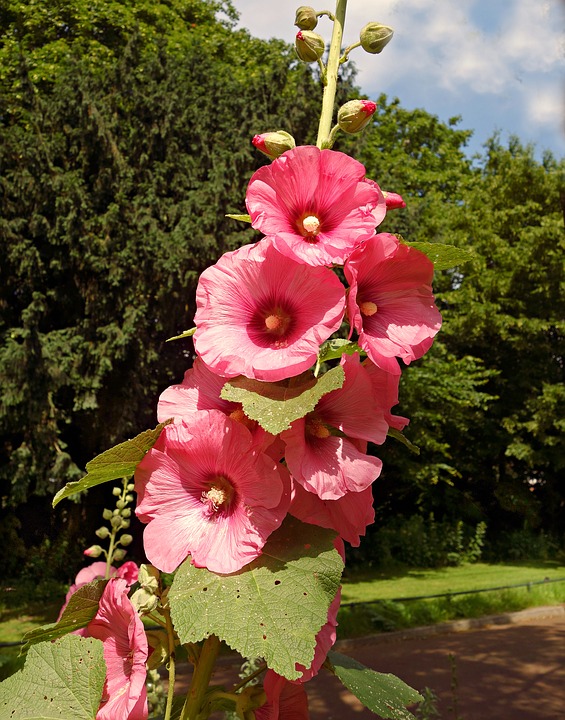
Environmental conditions
Light. Hollyhock needs plenty of light, preferring sunny areas.
Temperature. It is a tolerant species in terms of climate: it tolerates well both the hot season burns and the very low temperatures during the winter. However, it is not recommended to expose the hollyhock to strong winds.
Soil. It grows satisfactorily on any type of soil, as long as the drainage is good.
Care
Watering. Watering is done occasionally, depending on the amount of rainfall. Frequently, watering is necessary only in dry periods, preferably early in the morning, with moderate amounts of water, avoiding excess and the formation of puddles.
Fertilization. For vigorous growth, abundant flowering and increased resistance to diseases and pests, it is recommended to apply specific fertilizers starting in spring, until the end of the vegetative growth season.
Recommended products
-
You can find products on a different store
Change Store -
You can find products on a different store
Change Store -
You can find products on a different store
Change Store -
You can find products on a different store
Change Store -
You can find products on a different store
Change Store -
You can find products on a different store
Change Store -
You can find products on a different store
Change Store -
You can find products on a different store
Change Store -
You can find products on a different store
Change Store -
You can find products on a different store
Change Store -
You can find products on a different store
Change Store -
You can find products on a different store
Change Store -
You can find products on a different store
Change Store -
You can find products on a different store
Change Store -
You can find products on a different store
Change Store -
You can find products on a different store
Change Store -
You can find products on a different store
Change Store -
You can find products on a different store
Change Store -
You can find products on a different store
Change Store -
You can find products on a different store
Change Store -
You can find products on a different store
Change Store -
You can find products on a different store
Change Store -
You can find products on a different store
Change Store -
You can find products on a different store
Change Store
Pruning. They are not necessary, but if the height of the plant exceeds the desired value, the stem can be shortened during the vegetative growth season. The plant regenerates easily and blooms again.
Recommended products
-
You can find products on a different store
Change Store -
You can find products on a different store
Change Store -
You can find products on a different store
Change Store -
You can find products on a different store
Change Store -
You can find products on a different store
Change Store -
You can find products on a different store
Change Store -
You can find products on a different store
Change Store -
You can find products on a different store
Change Store -
You can find products on a different store
Change Store -
You can find products on a different store
Change Store -
You can find products on a different store
Change Store -
You can find products on a different store
Change Store -
You can find products on a different store
Change Store -
You can find products on a different store
Change Store -
You can find products on a different store
Change Store -
You can find products on a different store
Change Store -
You can find products on a different store
Change Store -
You can find products on a different store
Change Store -
You can find products on a different store
Change Store -
You can find products on a different store
Change Store -
You can find products on a different store
Change Store -
You can find products on a different store
Change Store -
You can find products on a different store
Change Store -
You can find products on a different store
Change Store
Propagation. Hollyhock is propagated by germination, from seeds. The fruits remain on the stem until fully ripe, after which the seeds are collected by hand. If the seeds are not gathered, natural sowing will occur.
Sowing. It is done in autumn or early spring, by spreading the seeds on the previously prepared soil.
Recommended products
-
You can find products on a different store
Change Store -
You can find products on a different store
Change Store -
You can find products on a different store
Change Store -
You can find products on a different store
Change Store -
You can find products on a different store
Change Store -
You can find products on a different store
Change Store -
You can find products on a different store
Change Store -
You can find products on a different store
Change Store -
You can find products on a different store
Change Store -
You can find products on a different store
Change Store -
You can find products on a different store
Change Store -
You can find products on a different store
Change Store -
You can find products on a different store
Change Store -
You can find products on a different store
Change Store -
You can find products on a different store
Change Store -
You can find products on a different store
Change Store -
You can find products on a different store
Change Store -
You can find products on a different store
Change Store -
You can find products on a different store
Change Store -
You can find products on a different store
Change Store -
You can find products on a different store
Change Store -
You can find products on a different store
Change Store -
You can find products on a different store
Change Store -
You can find products on a different store
Change Store
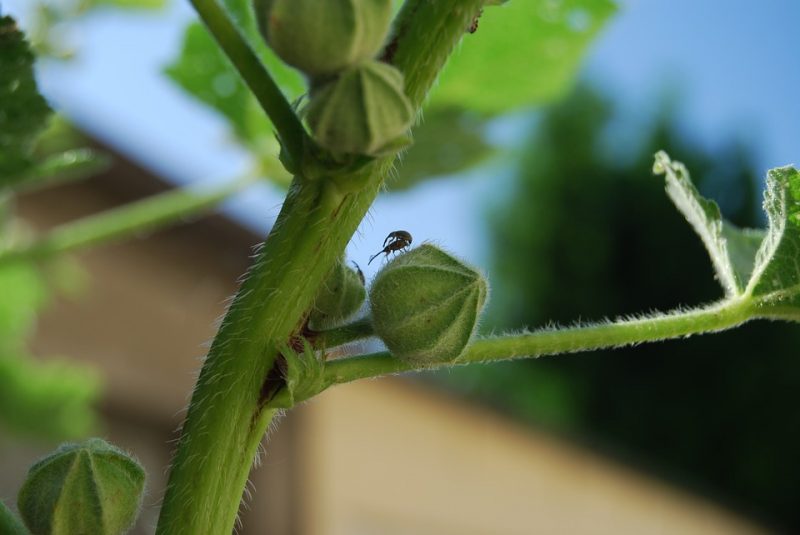
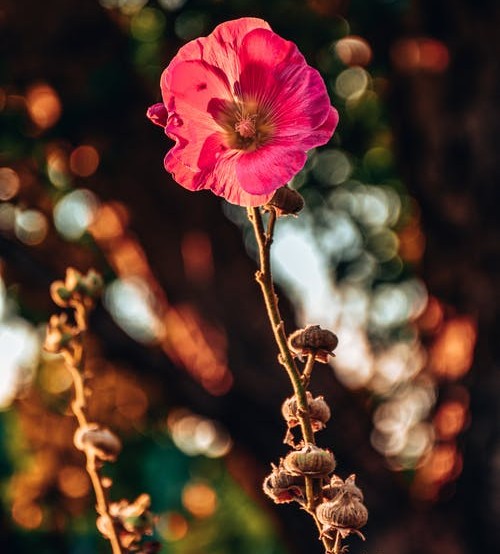
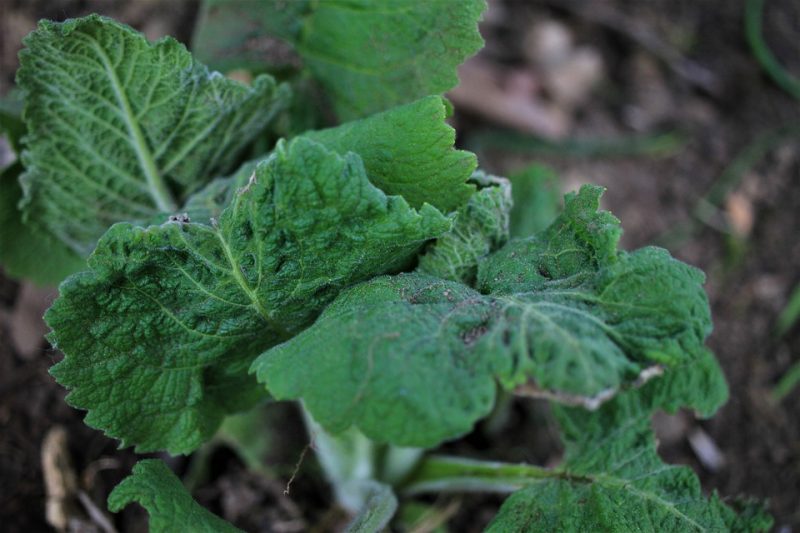
Diseases and pests. Hollyhock is often affected by rust (Puccinia malvacearum), and rarely by leaf spot. For prevention and control, foliar sprays are carried out with specific fungicides. Pests can affect the health and appearance of the hollyhock: caterpillars, snails, slugs, red spider mites and aphids. The use of repellents, traps and insecticides characteristic for each pest will be used.
Additionally:
- The petals, leaves and stem of the hollyhock are used in the pharmaceutical industry, having medicinal and therapeutic properties;
- Due to its height, it is often cultivated in front of walls, fences or other unsightly constructions, in order to mask them.
